RHINO RANGER LIFE
Rhinoceroses are one of the oldest mammals on the planet
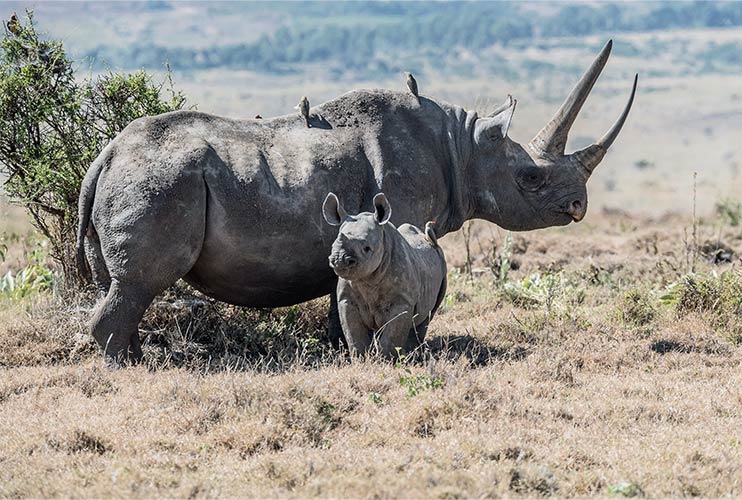
Black rhinos © David Clode
Have you ever wondered what it’s like to be a rhino ranger? In celebration of World Rhino Day 2021, we interviewed Issac Mwanik, Head of the Mara Rhino Programme in Kenya. He’s been working in the Masai Mara as a game ranger since 1989 and specifically in the rhino protection team for the last six years. He’s now in charge of 26 Mara Rhino Rangers stationed at Keekorok, which is in the southern part of the Masai Mara close to Sala’s Camp and has the highest densities of rhinos in the area.
This area of the Masai Mara is lucky enough to have a small population of black rhinos and the work carried out by Mwanik and his team is essential to their survival. Due to a wave of poaching which rippled through East Africa and beyond, black rhino numbers dropped by a staggering 98 % between 1960 and 1995, when less than 2,500 remained. Thanks to continued conservation initiatives like this one and The Safari Collection’s rhino conservation efforts, their population has increased, although they remain critically endangered. Today, there are 5,600 black rhinos remaining.
There are five species of rhino, two of which live in Africa: the black rhino and the white rhino. More than 7,100 African rhinos have been killed by poaching in the last ten years
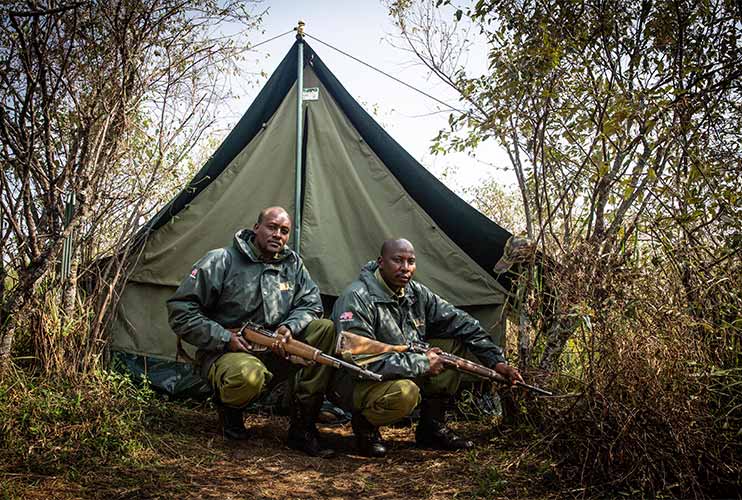
Mara Rhino Rangers George Seret and Harizon Karia
Mwanik chatted to us about the work his team carry out to protect this highly vulnerable species in the Masai Mara:
What does a typical day look like?
We are out in the bush by 5:00 am to begin tracking the rhinos. There are about 54 black rhinos currently in the Masai Mara. We drive slowly, looking out for rhino tracks and dung. Sometimes we stop and walk if necessary. Once we find a rhino, we use binoculars to identify the individual. The main thing is to not let the rhino know you’re there, so we must be completely silent. Black rhinos are extremely shy, so it’s all about not disturbing them or they will just leave the area.
By 10:00 am we head back to our base as the sun gets hot and the rhinos retreat into the bushes. At 4:00 pm we go out into the bush again when its cooler and the rhinos emerge. We stay out until about 8:00 pm, tracking and identifying individual rhinos we have not counted in the morning.
After dark it’s important not to go out to enable the rangers stationed at our observation points to report any light pollution which could be a potential poaching threat. We have rangers stationed in three strategic observation points who monitor the area all day and night. If they see light or hear anything we go in vehicles to investigate.
How do you identify each rhino?
We use a system of ‘v’ notches cut into the rhinos’ ears. Every rhino has a unique notch, so we can identify individuals and count them accurately. When they are notched, we also attach a small GPS transmitter to their horns which works for up to a year. This means we can monitor movements to see where each rhino’s territory is.
Have you experienced any dangerous situations?
Not with a rhino. Black rhinos are aggressive when threatened, but we make sure they don’t notice us at all costs. Buffalo and elephant are the main dangers when out in the field on foot. I once got charged by a buffalo! Luckily, its horns were so coiled in on themselves that it couldn’t piece me. Another ranger fired a shot into the air and it ran off. I’m not scared as I’m used to the wildlife. People think that lions would be a problem, but lions are not out to be aggressive to humans and tend to walk off if they hear you nearby.
What do you love most about your job?
Being with animals and being in the wild. Seeing a newborn baby rhino is my greatest moment – I love it, I really love it. It’s not like working in a town. I love staying with animals and I’m earning a living because of them.
I take care of the wildlife so I can take care of my children and family. I help the rhinos and they help me.
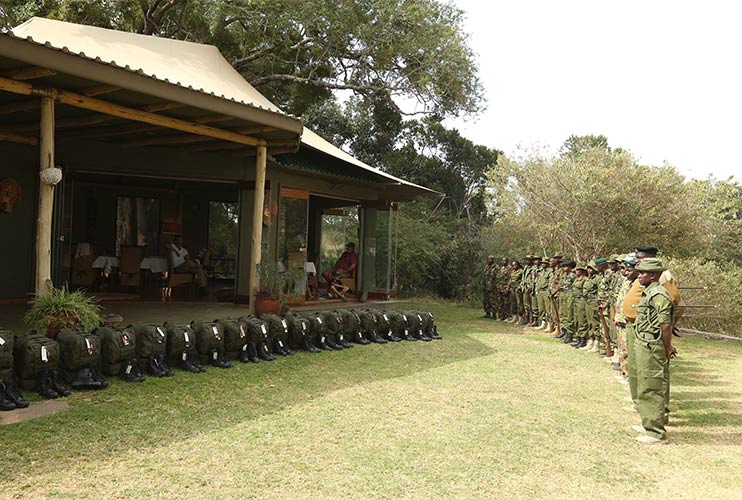
Mara Rhino Rangers at Sala’s Camp receiving a donation from our partners American Rhino
What challenges do you face?
Getting the necessary equipment we need to do our job, especially vehicles. It’s a huge area and we don’t have enough transport. That is why GPS tracking of the rhinos to identify their range is so important. Rhinos generally keep to their territory, meaning we can cover one particular area each morning. If a rhino is missing from its territory, we try all means to locate its whereabouts. Sometimes the rhinos cross the border into the Serengeti National Park, but we work with the Tanzanian rangers to identify them.
What can people do to help protect rhinos?
Support us with the challenge of getting the equipment we need to protect the rhinos. The main things we require funding for are binoculars, vehicles, uniforms and radios so we can communicate with the observation stations. Organisations that support us like The Safari Collection, their partners American Rhino, and WWF are vital. Without them we couldn’t carry out our work.
There has been much less poaching of rhinos in the Masai Mara thanks to rangers like Mwanik and his team. Sala’s Camp helps support the Mara Rhino Rangers by donating on behalf of every guest who stays. If you’d like to help protect critically endangered black rhino you can do this through The Safari Collection’s Footprint foundation; a little can go a long way.
RELATED NEWS

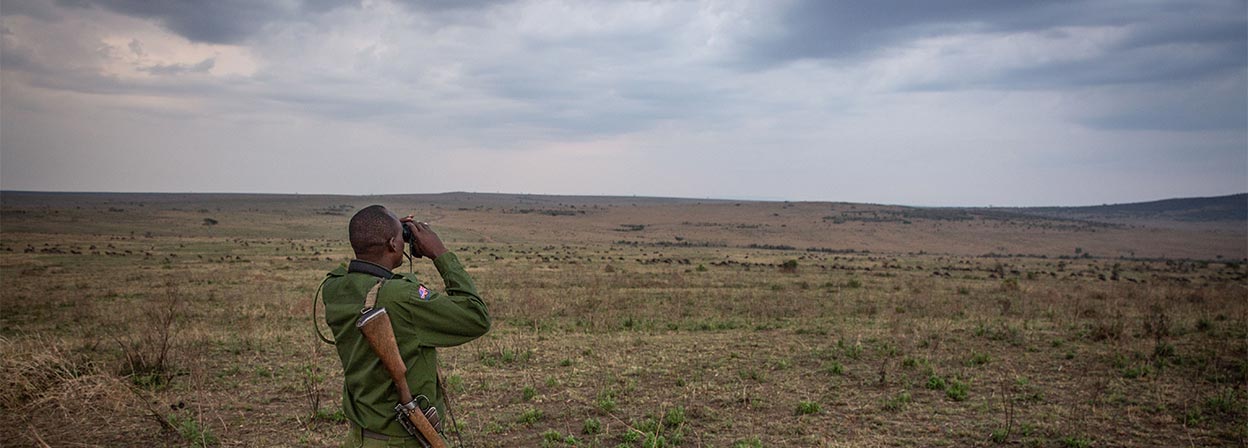
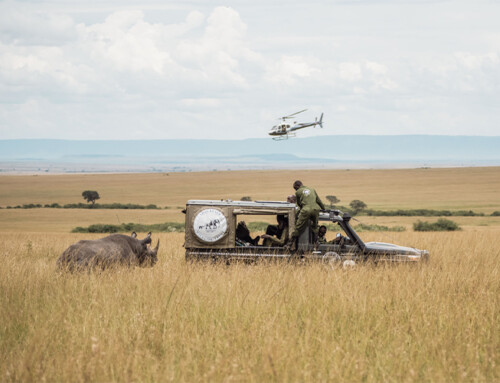
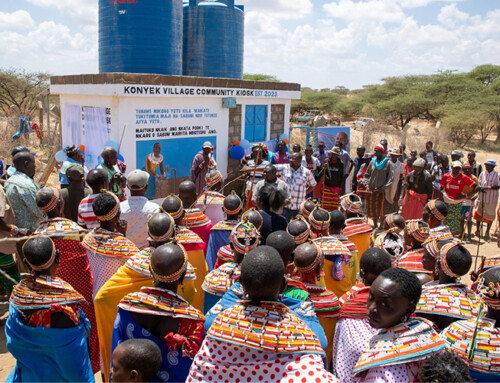
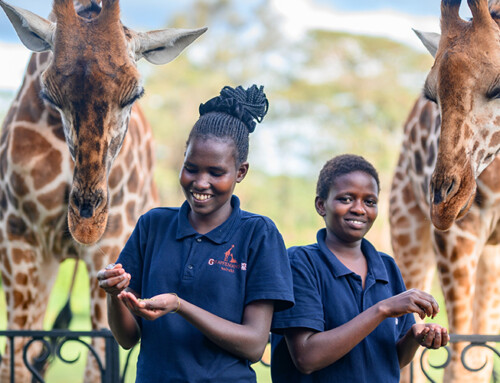
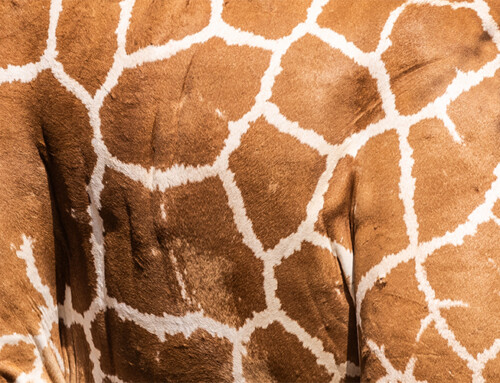
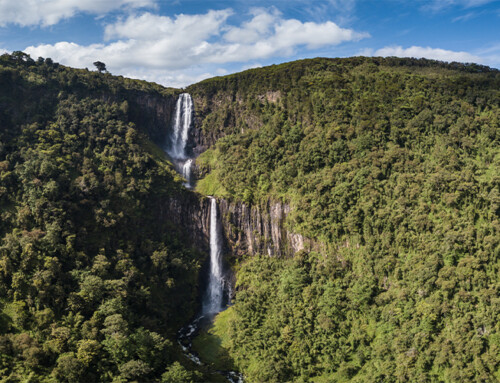
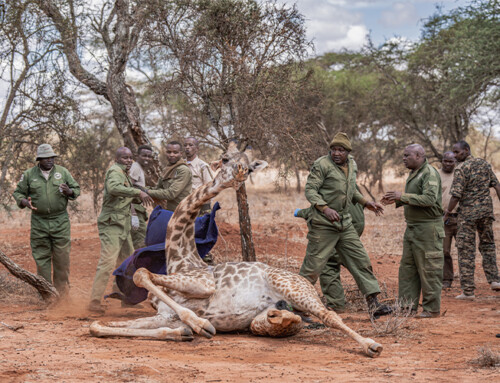



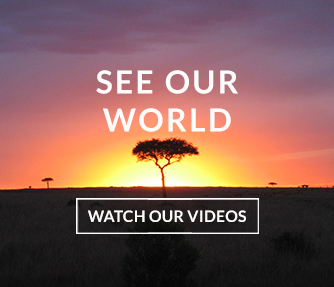




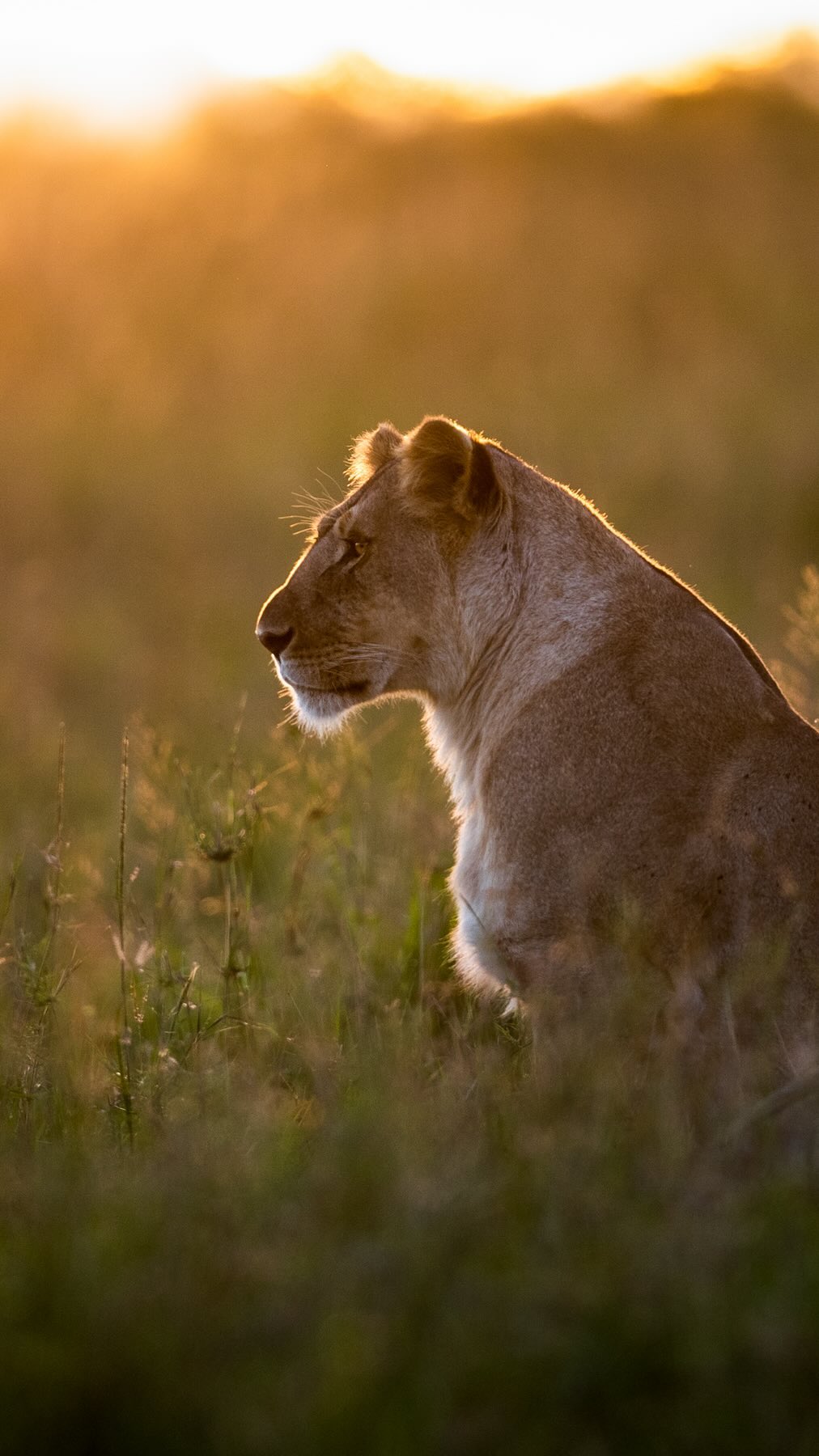
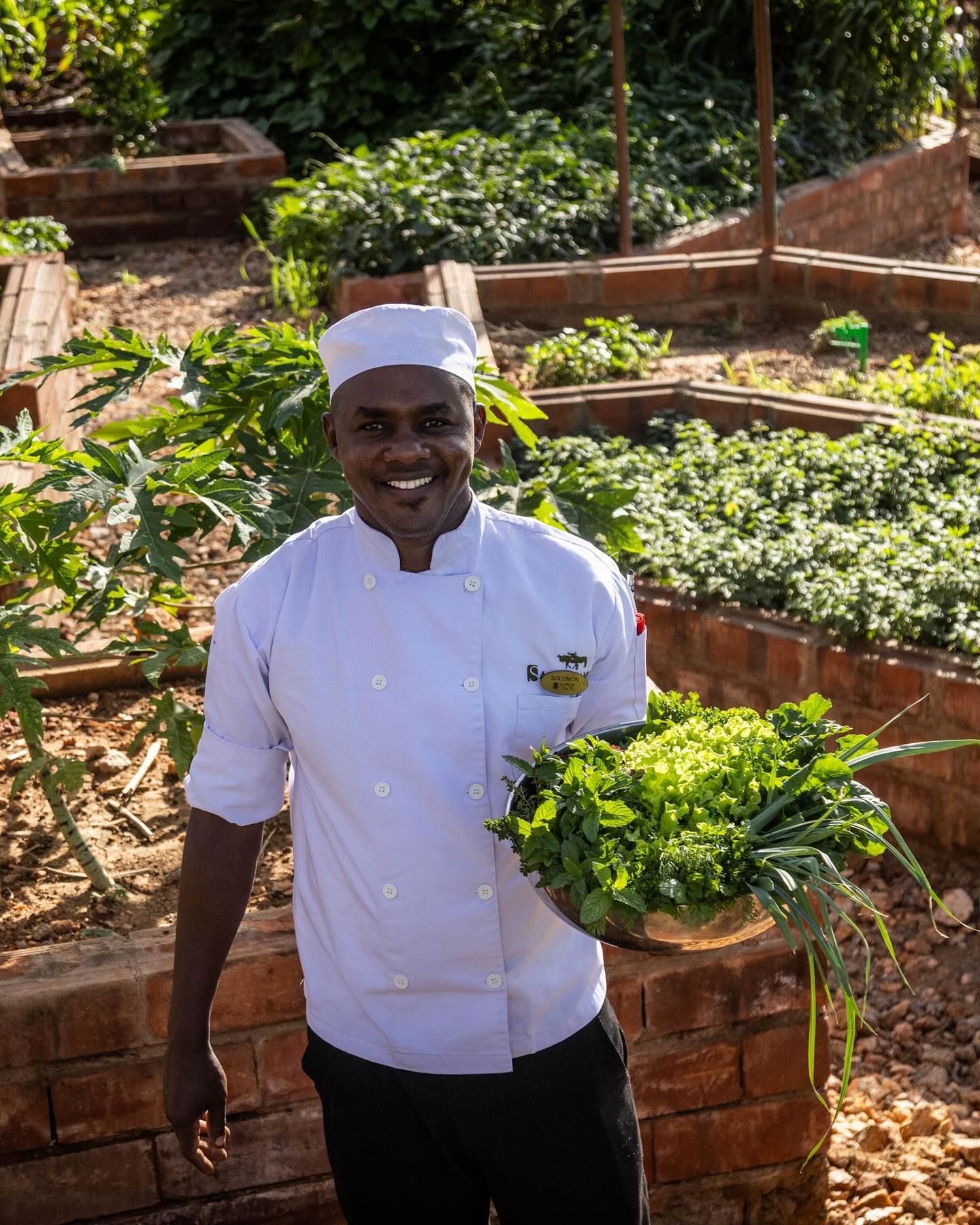
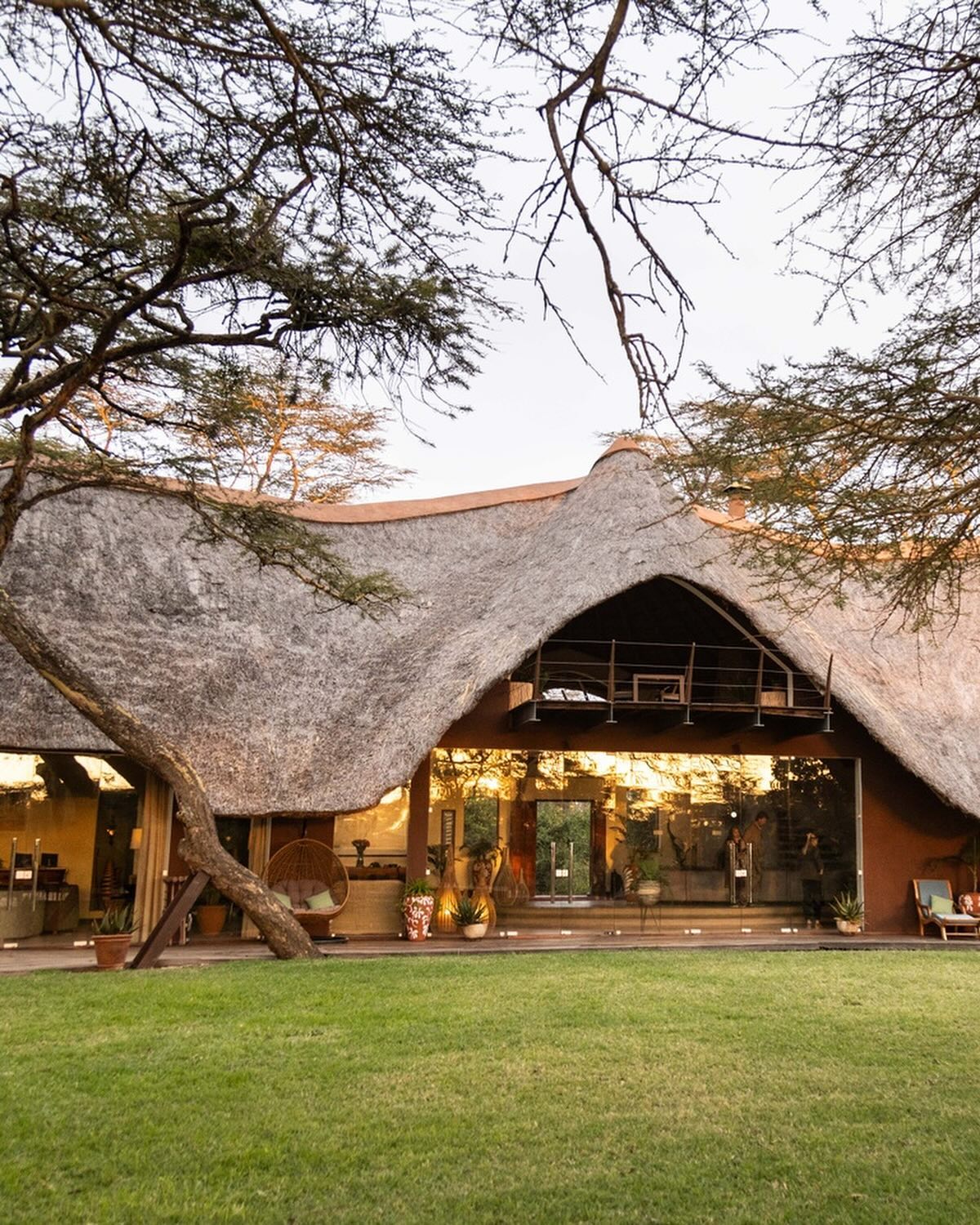
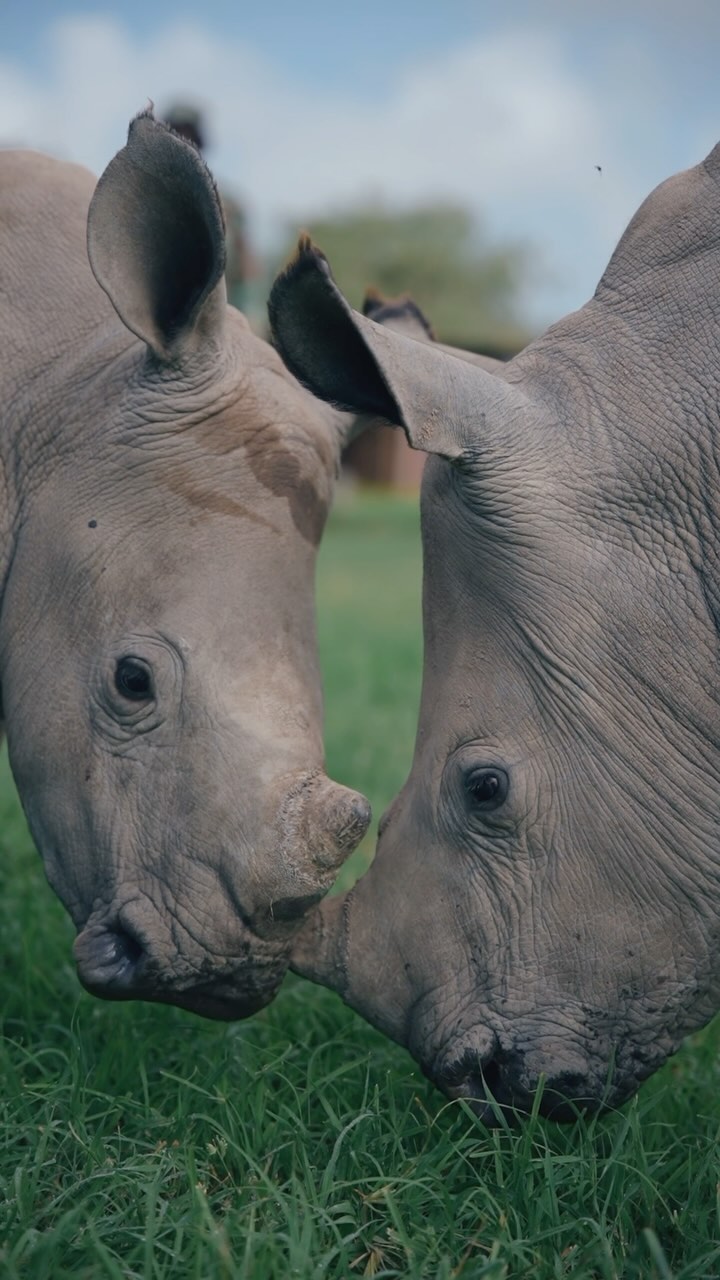
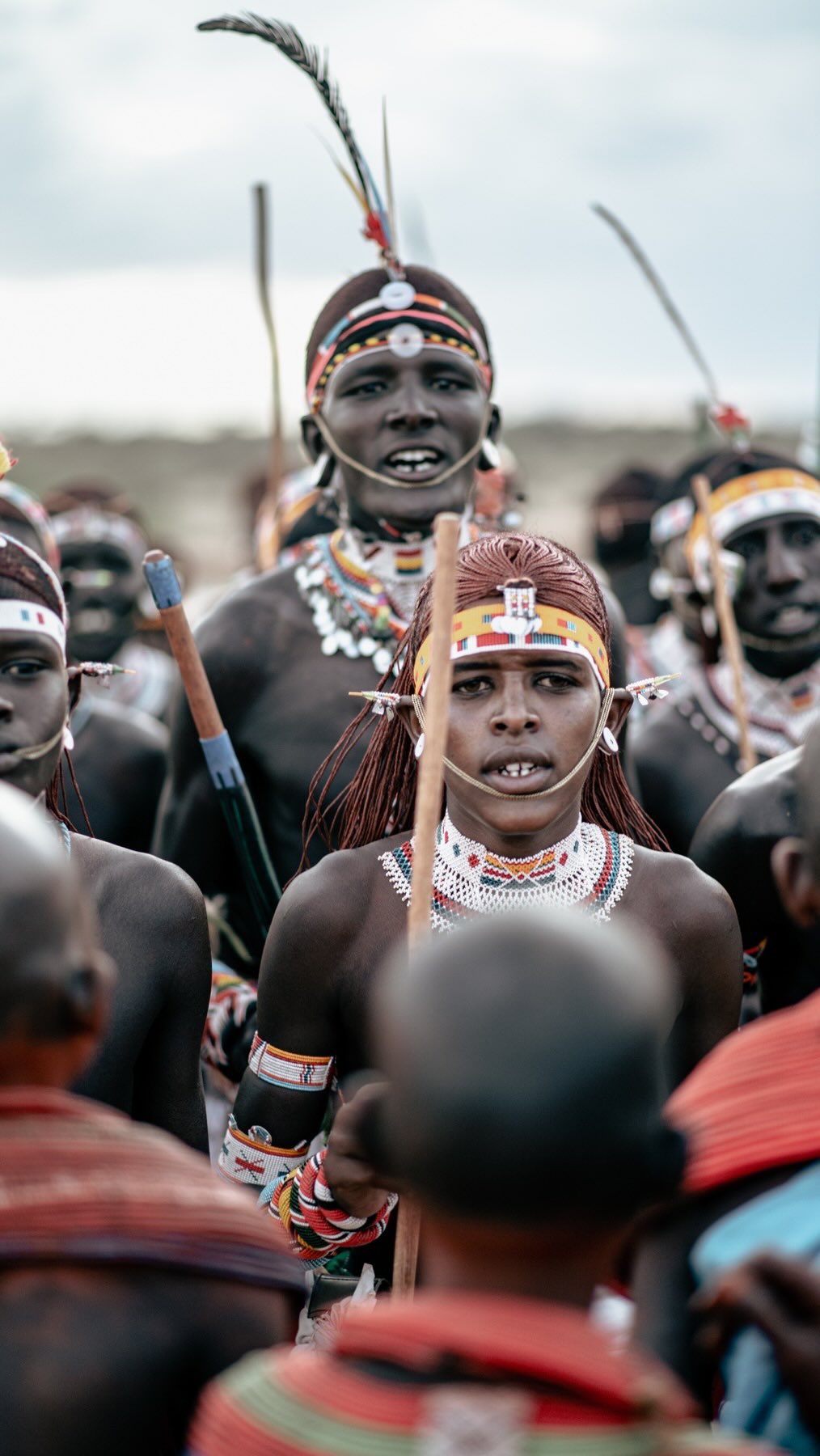
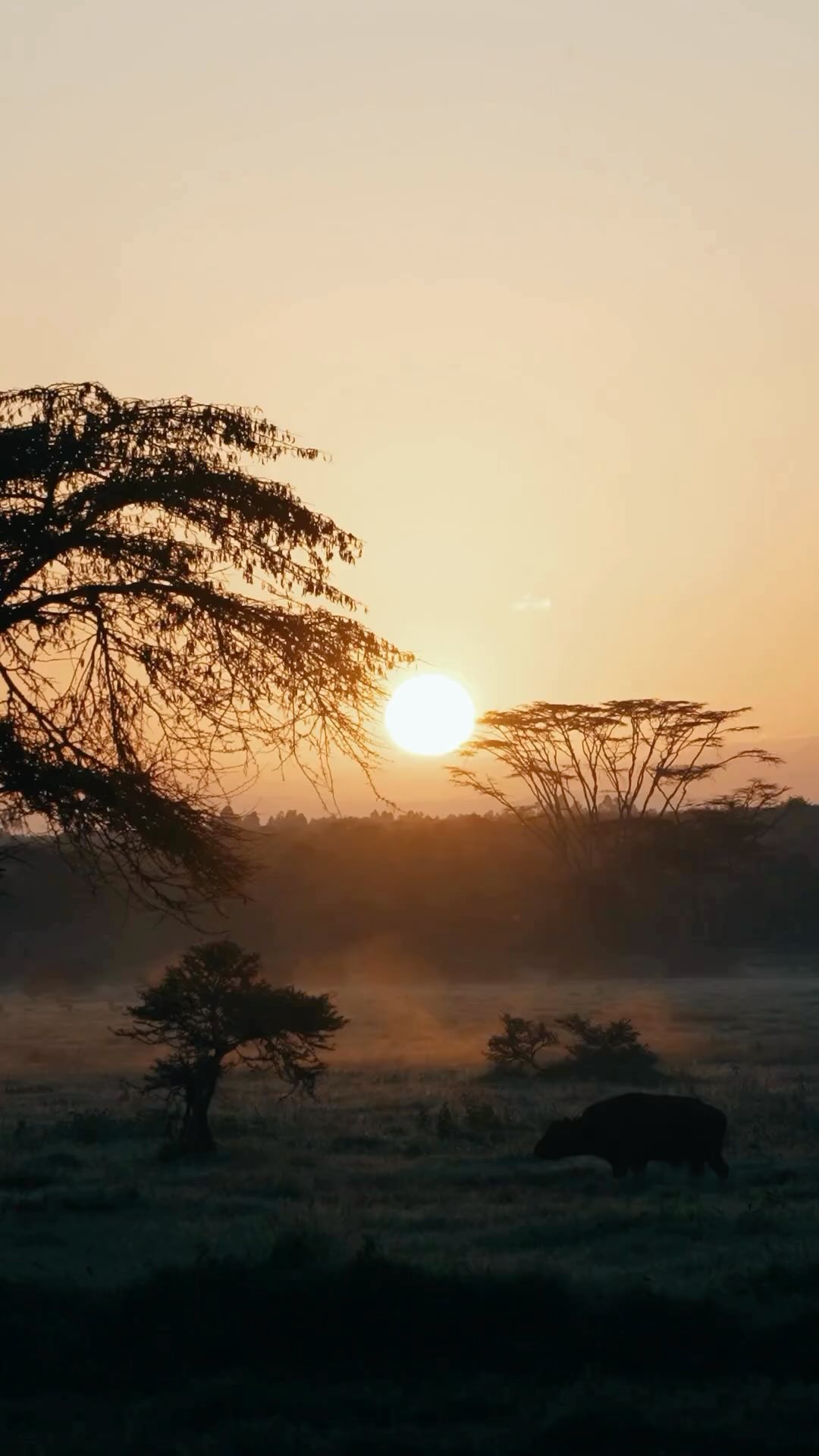
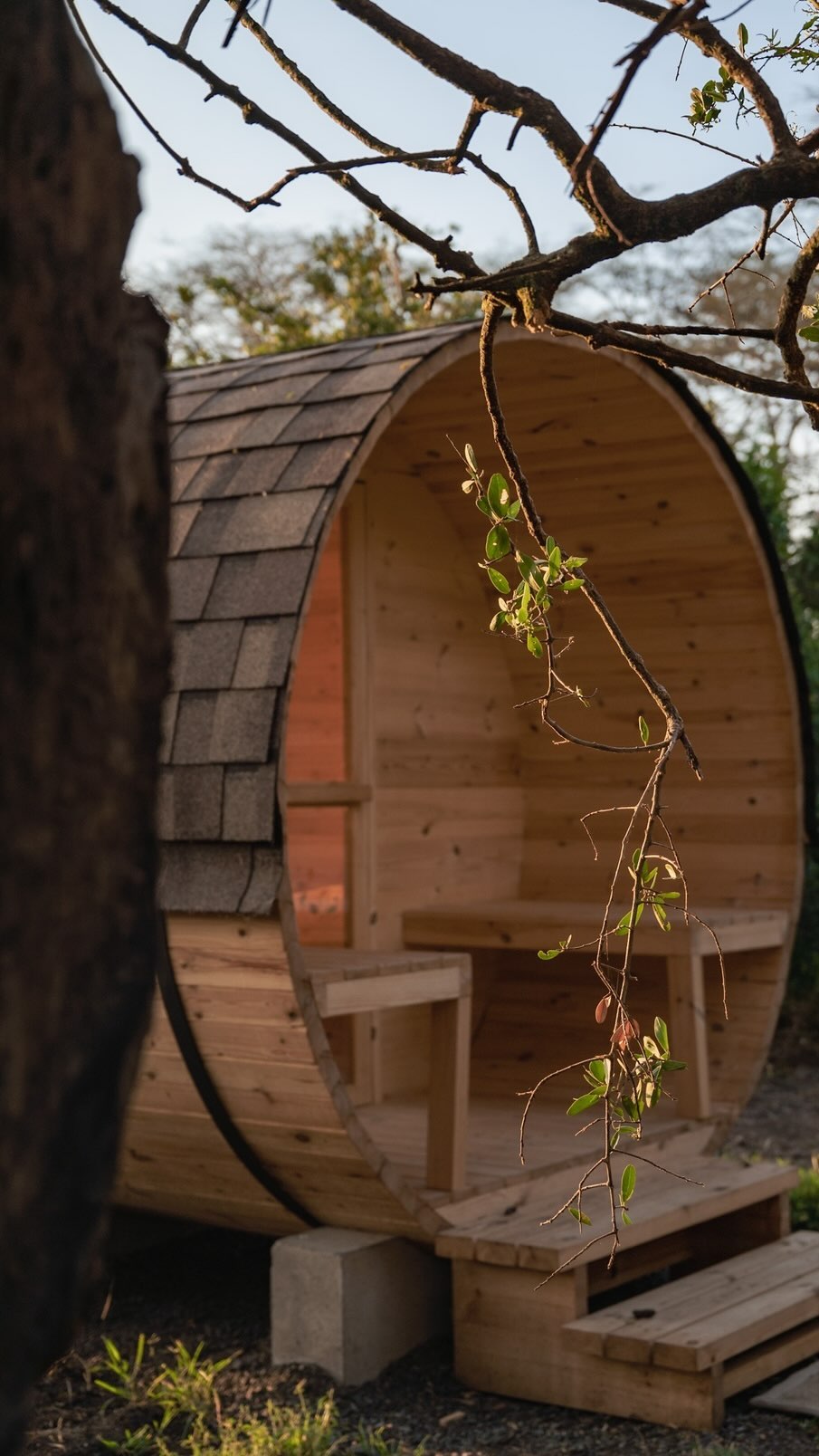

CONNECT & FOLLOW